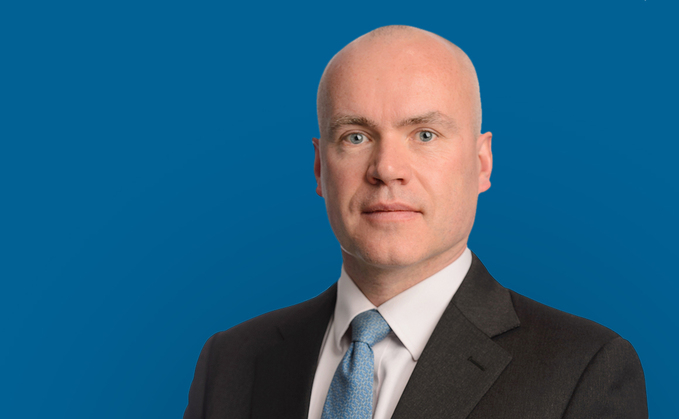
Henk-Jan Rikkerink, Fidelity International
With inflation at high levels, advisers are paying closer attention to costs than ever before. As a result, passive funds have continued to appeal.
The cost advantages of passive funds are well known, and last year, Fidelity was able to reduce the ongoing charges figure (OCF) across its passive Multi Asset Allocator fund range from 0.25% to 0.2%.
Performance has played a part in passive's appeal too, of course. "We've been in a world where passive funds have beaten lots of active funds," says Rikkerink. "We may not be in that world forever, but we have been for the last 10 years in large parts of the market."
That said, many investors continue to prefer active products, and Rikkerink puts this down to risk-return calculations. "Certainly, we're of the belief that even though the sticker price might be a little bit higher, the extra return you get from adding in private markets can make sense in some portfolios," he says.
"But by no means will all clients be willing to go down that route," he adds. "There will be a range of different demands out there and it won't be in every product."














